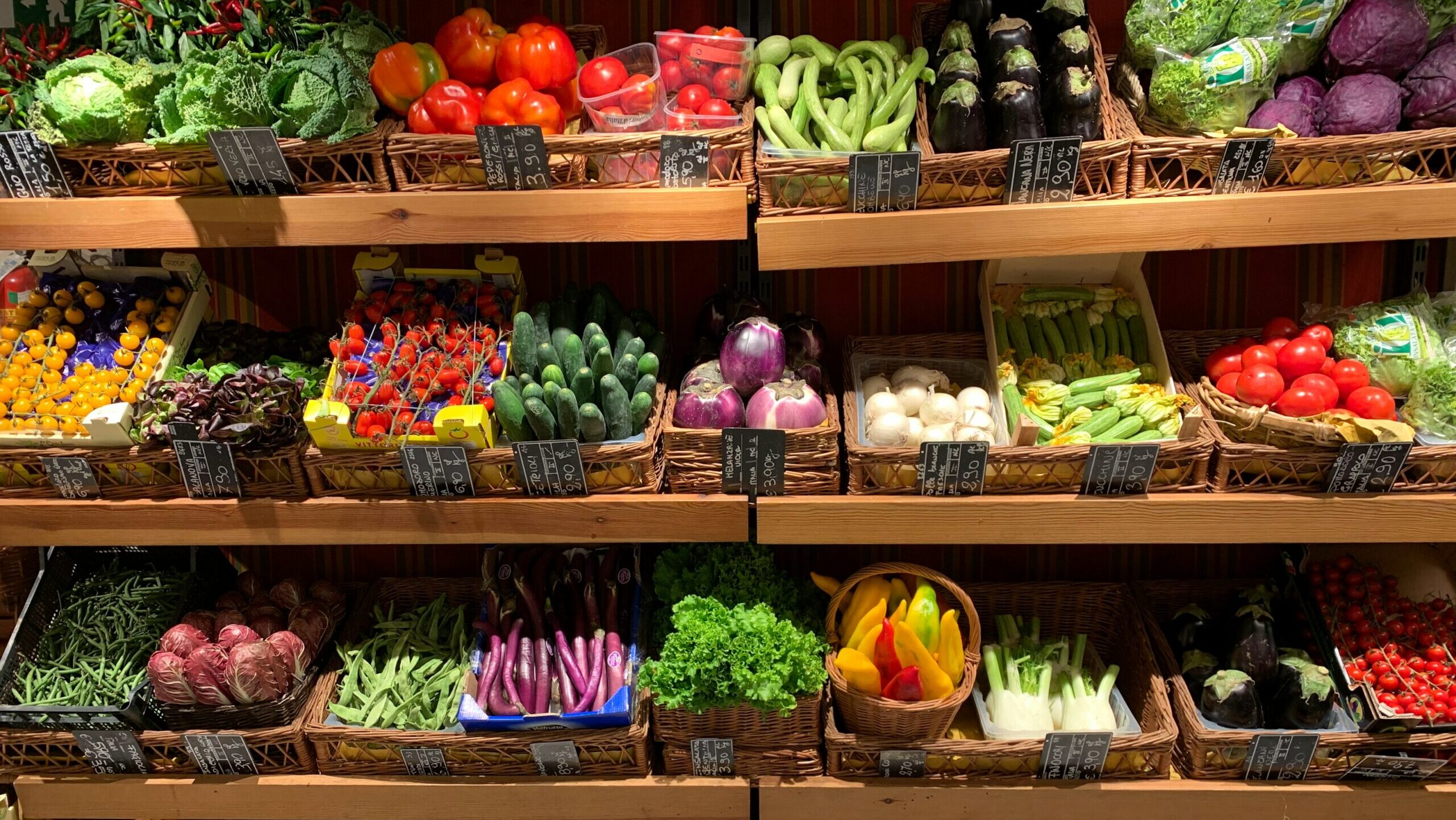Across the U.S., inflation-weary consumers continue to push back on years of price hikes, cooking from scratch or simply buying less to offset higher costs.
One hundred dollars of common grocery items in 2019 costs about $136 today, per NielsenIQ data. The average unit price of eggs has risen by over 40% over the past five years while cooking oil, beef, fruit snacks, mayonnaise, and applesauce have all risen more than 50%, reported The Wall Street Journal.
Along with slashing spend, low-income consumers – those making roughly less than $35,000 per year – are also forgoing nutritious food items like fresh meat and produce and subsidizing food banks due to food insecurity.
Per USDA, 12.8% of U.S. households were food insecure at least some time during 2022, up from 10.2% in 2021.
Major Food Companies Offering Deals, New Sizes
As Reuters reports, deep cuts in spending have prompted CPG producers like Kraft-Heinz and Conagra Brands to ratchet up discounts after a years-long hiatus.
Food companies must “make sure they are attracting the value buyer back into the fold,” said Duleep Rodrigo, U.S. consumer and retail sector leader at KPMG, to Reuters. “They can’t get volume without this key segment.”
Here are a few recent value initiatives:
- Hershey rolled out bigger bags of Skinny Pop and PepsiCo has new campaigns in the works to promote its competing Smartfood brand.
- Coca-Cola has been increasing the number of weeks that retailers are promoting 1.25-liter sodas as part of a targeted value bundle.
- Nissin Foods, whose products like Cup Noodles sell for under $1, is investing in buy-one-get-one-free deals at Florida-based Publix and other promotions to encourage so-called “pantry loading.”
- In late May, Conagra will introduce new Banquet chicken patties priced at $6.99 for six to appeal to Americans who can no longer afford fast food.
WIC Expanding Fresh Food Access
Ongoing inflationary pressure has also exacerbated nutrition challenges among food-insecure Americans.
In response, the government food benefits program for women, infants and children (WIC) will soon emphasize more fruits, vegetables, and whole grains, as well as provide a wider choice of foods from different cultures, reported The Associated Press.
Last updated a decade ago, the new WIC rules make permanent a pandemic-era bump in monthly cash vouchers for fruits and vegetables. Shoppers will also be able to purchase canned fish, fresh herbs, and lactose-free milk.
The voucher piece will take effect by June while the final rule changes announced by the Food and Nutrition Service will be instated within two years with some exceptions, officials said.
“It places a heavy emphasis on fruits and vegetables, which we think is an important component of a healthy diet,” said Agriculture Secretary Tom Vilsack in an interview. “It’s designed to fill the nutrition gaps that are often in the diets of many of us.”
The Food Institute Podcast
From lattes to chicken sandwiches to desserts, it seems every restaurant is hopping on the limited-time offer (LTO) craze to drive traffic and check growth. But is this really having the desired effect? Datassential vice president of sales Megan Lynberg discusses the historical data on LTOs, popular LTO items, and other strategies companies are using to inspire growth.












